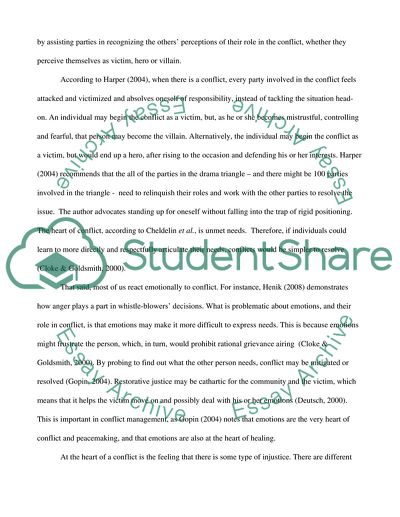Cite this document
(Restorative Justice Programs in Primary School: Articulating Clear Literature review, n.d.)
Restorative Justice Programs in Primary School: Articulating Clear Literature review. Retrieved from https://studentshare.org/law/1799519-restorative-justice-beginning-with-youth
Restorative Justice Programs in Primary School: Articulating Clear Literature review. Retrieved from https://studentshare.org/law/1799519-restorative-justice-beginning-with-youth
(Restorative Justice Programs in Primary School: Articulating Clear Literature Review)
Restorative Justice Programs in Primary School: Articulating Clear Literature Review. https://studentshare.org/law/1799519-restorative-justice-beginning-with-youth.
Restorative Justice Programs in Primary School: Articulating Clear Literature Review. https://studentshare.org/law/1799519-restorative-justice-beginning-with-youth.
“Restorative Justice Programs in Primary School: Articulating Clear Literature Review”, n.d. https://studentshare.org/law/1799519-restorative-justice-beginning-with-youth.


